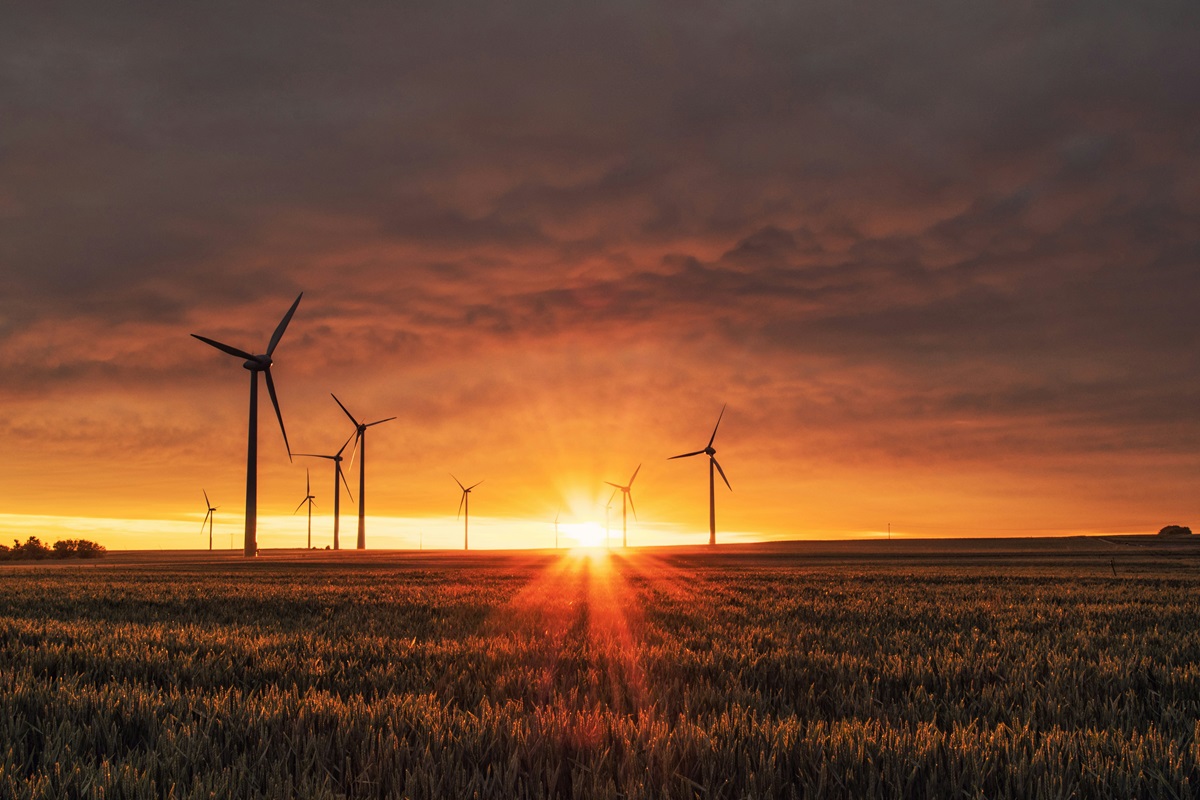
Recently, the market capitalization of solar and wind producer Nextera Energy (NEE) temporarily jumped ahead of Exxon (XOM)’s and Chevron (CVX)’s, above US$150 billion. Are we nearing the end of oil?
In the last few years, four challenges coalesced and caused oil “to go through something of a perfect storm”, claims Kevin Birn, vice-president of crude oil markets at IHS Markit. First, there’s a decade of poor returns. Then there’s the rise of shale oil that “has driven away any upside price” for the resource, making it hard for the whole sector to generate any positive cash flow. Third, there is the rise of ESG concerns and, finally, the COVID whammy.
As Nietzsche said about things that don’t kill you making you stronger, the oil industry has come out of the ordeal in very good shape, observes Jennifer Stevenson, vice-president and portfolio manager at Dynamic Funds of both the Energy Income fund and the recently launched Energy Evolution fund.
Blessing in Disguise
The most dynamic oil producers spent the stormy days focusing on their assets and their costs. “Today, Stevenson says, with a WTI barrel price of US$41, good companies can generate an all-in cost-free cash flow return of US$31 per barrel. Even when a barrel was at US$100 they wouldn’t have been able to do that.”
Furthermore, the argument of peak oil is definitely dead. “We have reserves for several hundred years and Canada is one of the largest source countries, harbouring one of the top five reserves,” says Allan Fogwill, president and CEO of the Canadian Energy Resource Institute. “The issue going forward, he continues, will not be one of scarcity but of price and environmental impact, and whether we are ready to live with it.”
On the other hand, most forecasts predict that oil will be needed for quite a while. “Even under the harshest carbon reduction policies, Fogwill adds, agencies say we will still need 70 to 80 million barrels per day (b/d) by 2050.” Before the pandemic, daily consumption stood around 104 b/d.
Ensuring Sustainability
Sustaining enough supply also comes with a need for environmental sustainability around greenhouse gases (GHG) and ESG concerns rising to the top of the agenda. “From 2009 to 2017, states an IHS Markit report, the GHG intensity of mined oil sands fell by more than 25%, principally from the ramp-up of less GHG-intensive operations. By 2030, the GHG intensity... could be 16-23% below 2017 levels.” Adds Birn: “Some companies are targeting zero emissions by 2050.”
Averages can be misleading, insists Birn, as the least polluting producers far surpass the worst, the first emitting three to four times less GHG. “We refer to averages, but that masks the poor performers and punishes the good ones,” he says. That’s why zero-emissions claims by the best players are credible, and why we need better and more granular GHG measurements in order to inform investors and governments on who needs to be rewarded and who needs a kick in the pants.
Lowering emissions is a work-in-progress happening at many levels. For example, at the level of extraction itself, producers are moving from steam to solvents. That reduces GHG-producing energy needed to extract oil from sands, but there’s also a bonus in it: “It reduces cost”, states Fogwill. Other technologies come into play at other production levels, indicates Birn, for example electrifying the drilling process, installing solar panels wherever feasible, integrating waste heat, and capturing/recycling carbon.
Renewoil
Oil producers are not only migrating toward sustainability but also toward renewability. In Canada, Suncor is shifting toward biofuels where it already stands out as the largest player, notes Birn. Elsewhere, Shell and Total “are moving into renewables, battery charging, liquid natural gas, even in wind, while BP is really changing itself,” says Stevenson.
Companies already have important resources and skillsets to effect the transfer. First of all, “they have armies of engineers and technicians that can be redeployed, says Birn. To build an oil pipeline and a CO2 pipeline requires just about the same people.” Also, the largest producers have unique expertise in large project management that can be applied to wind or solar projects just as well, adds Stevenson. For example, Total is developing ocean wind turbine farms where it uses its expertise in platforms to set up floating farms that can be oriented toward the wind.
Of course, some skills can’t be transferred, Stevenson recognizes; for example, installing a wind farm is not like extracting oil from sand. So, to fill the gaps, companies create partnerships, as Equinor and Orsted did to install offshore wind turbines. “That’s the kind of synergy being applied,” she states.
Too Early?
Following the COVID lockdown, oil production will resume growth, but at some point, growth will give way to a replacement pattern. One question hangs in the air: because oil is out of favour among so many investors, will we allow that replacement pattern to set in? “Are we pushing companies out of business before we have a viable alternative? Are we starving companies of capital because we fantasize that we have fully transferred?” asks Angelo Katsoras, geopolitical analyst at National Bank of Canada.
“Canada and the U.S. are still highly dependent on oil, and it’s not clear that we have the alternatives and the infrastructure to replace oil,” warns Fogwill. Stevenson elaborates along similar lines: “We haven’t been investing enough to support demand over the next years, she observes. In the last three or four years, we can count on only one hand new investments. Before, we had the same number every year.”
However, Stevenson is not too worried. With companies so profitable at this moment and a price of oil that will go up if supply is insufficient, she believes that investors will still step forward. “Some people think that the price of oil will shoot up to US$150 a barrel, but at that level, it would price itself out of the market. But projecting US$55 to US$65 over the next decade is not outrageous, and at that price, there are still returns to be made.” Her activity on both sides of the energy equation (oil and renewable) prompts her to say that “while things seemed rather bleak, there definitely is a future in oil for investors”.
Investing in the Low-Carbon Economy
Learn about the companies best positioned to survive and thrive





















